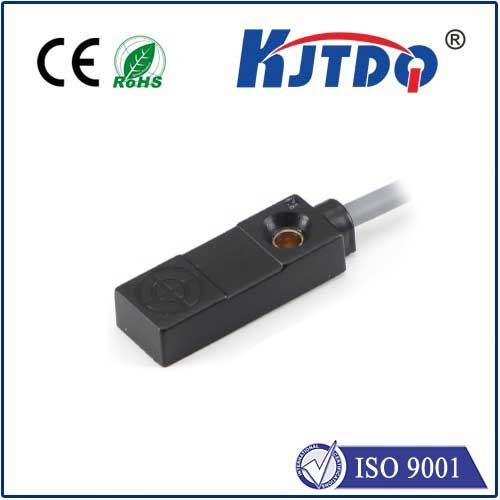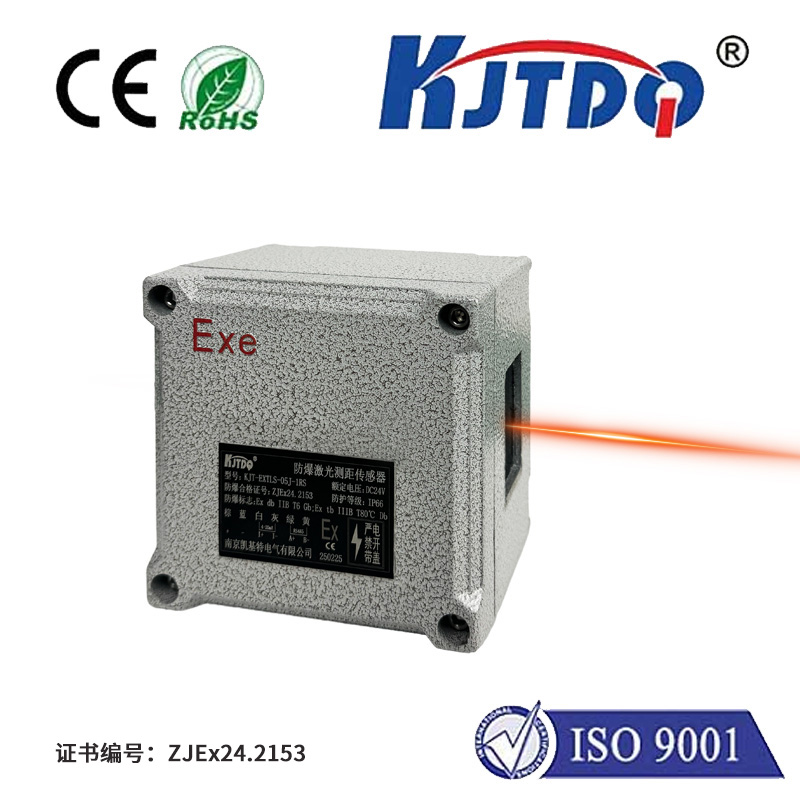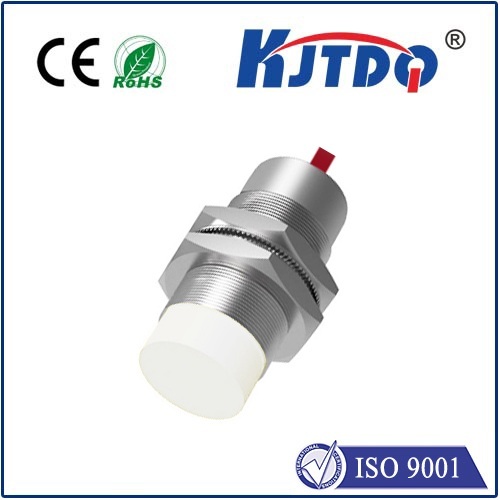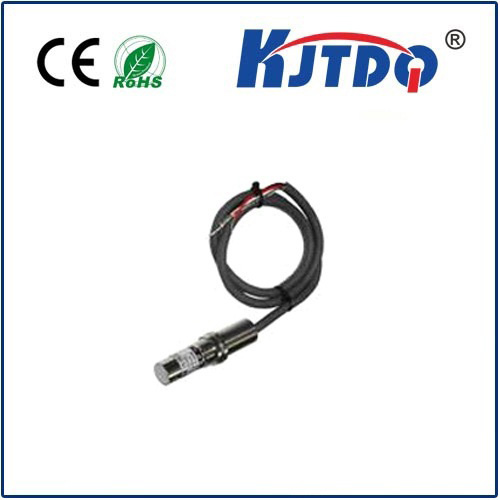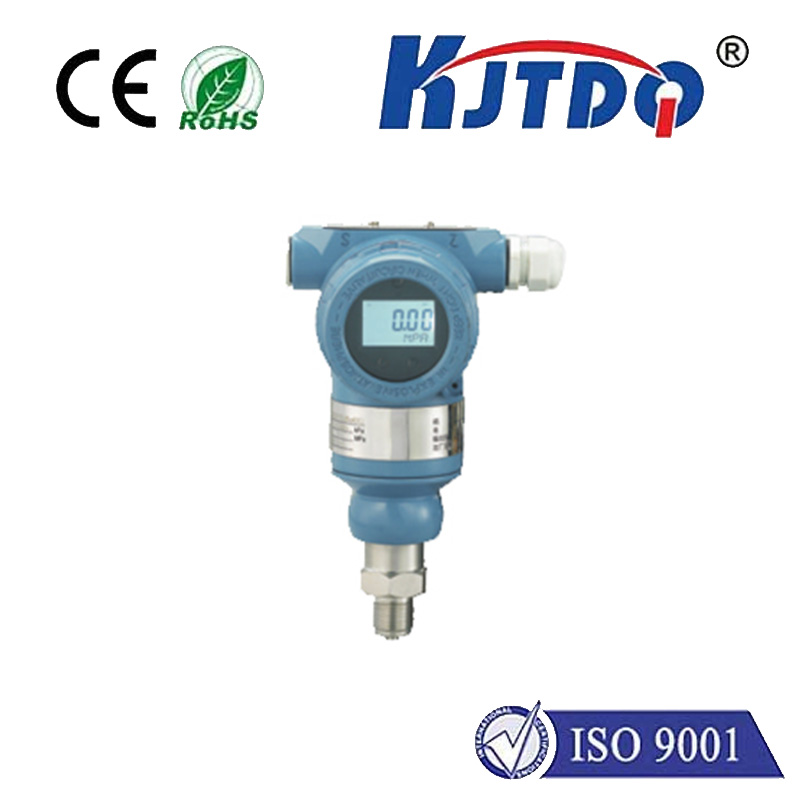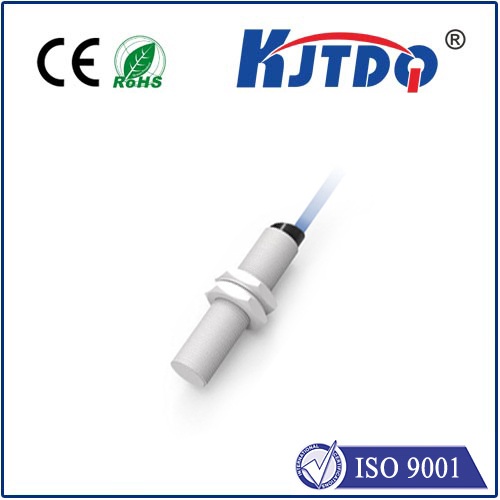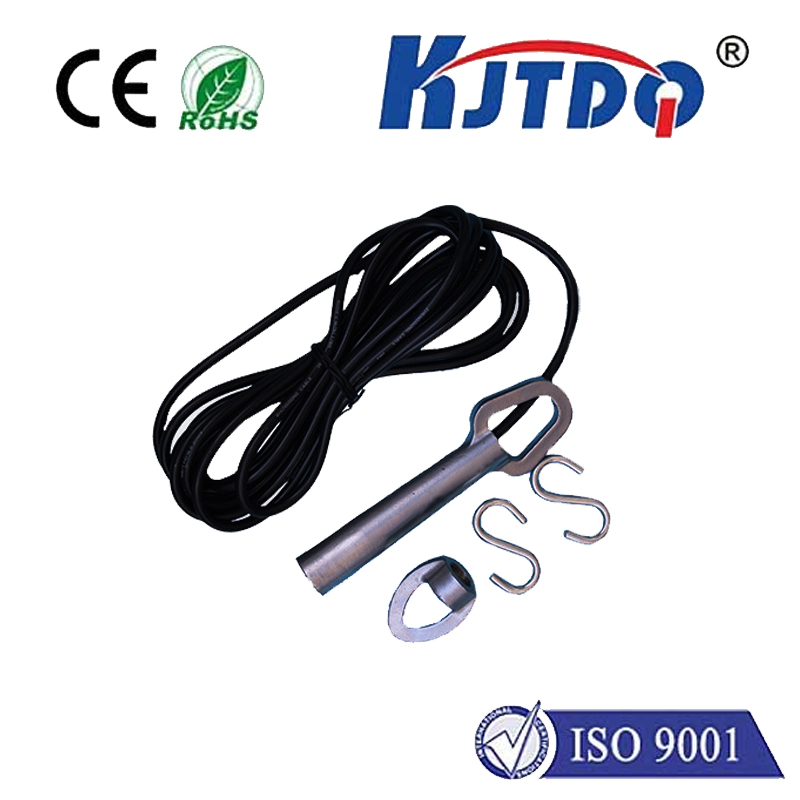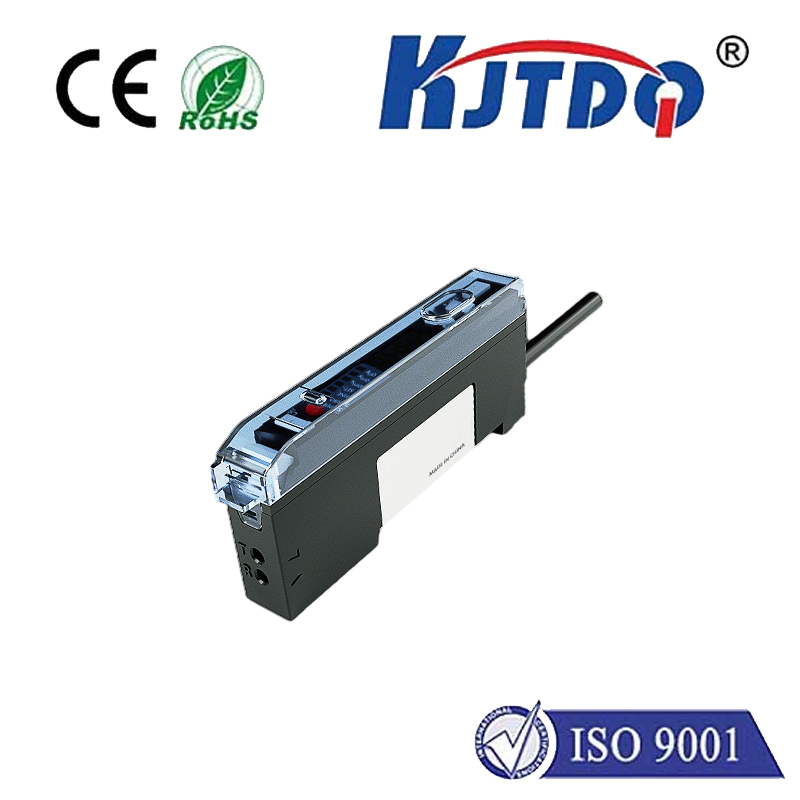ultrasonic proximity
- time:2025-06-25 01:52:35
- Click:0
Ultrasonic Proximity Sensing: The Unseen Guardian of Automation and Safety
You hear the rhythmic beeping as your car eases towards the garage wall – an electronic watchdog preventing a costly bump. That vigilant sentinel is likely an ultrasonic proximity sensor, a remarkably versatile technology silently underpinning countless modern conveniences and industrial processes. Far more than just parking aids, these devices harness the silent echo of sound beyond human hearing to detect objects, measure distances, and trigger actions without physical contact. Understanding how ultrasonic proximity works reveals a world of smart automation, enhanced safety, and operational efficiency.
The Core Principle: Listening to the Echo
At its heart, ultrasonic proximity sensing operates on a simple, time-tested principle: sonar. Similar to how bats navigate or ships map the ocean floor:
- Transmission: A specialized piezoelectric ceramic element within the sensor vibrates rapidly when electrically excited, generating high-frequency sound waves, typically in the range of 25 kHz to several hundred kHz – far beyond the human hearing range (20 kHz).
- Propagation: These ultrasonic waves travel through the air (or other medium) away from the sensor.
- Reflection: When these sound waves encounter an object in their path, they bounce back towards the sensor.
- Reception: The same sensor (or sometimes a separate receiver element) detects the returning echo.
- Calculation: An internal electronic circuit measures the time interval between sending the pulse and receiving the echo. Since the speed of sound in air is relatively constant (approximately 343 meters per second at 20°C), the distance to the object can be calculated precisely using the formula:
Distance = (Speed of Sound × Time of Flight) / 2. The division by two accounts for the sound wave traveling to the object and back.
Key Components and Design Choices
An effective ultrasonic proximity sensor integrates several critical elements:

- Piezoelectric Transducer: The core component that converts electrical energy into ultrasonic waves and vice versa.
- Oscillator Circuit: Generates the high-frequency electrical signal to drive the transmitter.
- Timing and Processing Circuitry: Measures the Time-of-Flight (ToF), performs calculations, and makes detection decisions.
- Housing: Protects the internal components and is designed to optimize sound wave transmission and reception. Materials and shape influence the sensor’s effective range, beam angle, and environmental resilience. Acoustic lenses or horns can sometimes be used to focus the beam.
The Distinct Advantages: Why Choose Ultrasonic?
Ultrasonic sensors offer compelling benefits that make them ideal for numerous proximity detection tasks:
- Non-Contact Operation: They detect objects without physical touch, eliminating wear and tear and allowing sensing of delicate or moving items.
- Material Independence: Unlike optical sensors, they reliably detect objects regardless of color, transparency, or surface texture – as long as the object can reflect sound waves. They work equally well on shiny metals, dark plastics, clear glass, and liquids.
- Robustness in Challenging Environments: Ultrasonic waves penetrate dust, smoke, fog, and vapors effectively (within practical limits), making them suitable for environments where optical sensors (photoelectric or laser) would fail. They are also largely unaffected by ambient light conditions or electromagnetic interference.
- Distance Measurement Capability: Unlike simple binary (on/off) proximity switches, ultrasonic sensors can provide continuous analog or digital distance data, enabling precise level monitoring or position control.
- Wide Range Capabilities: Models are available for very short-range detection (a few centimeters) up to ranges exceeding 10 meters, suitable for diverse applications.
Ubiquitous Applications: From Factory Floors to Everyday Life
The unique attributes of ultrasonic proximity sensing translate into widespread use:
- Industrial Automation:
- Object Detection: Presence/absence verification on assembly lines, conveyor belts, and robotic work cells.
- Level Measurement: Monitoring liquid levels in tanks (chemicals, food, water) and solid bulk levels in silos (grains, powders, plastics). Material independence is crucial here.
- Stacking Height Control: Ensuring uniform pallet stacking.
- Loop Control: Detecting sag in wires, cables, or webs during production (e.g., paper factories).
- Robotics: Collision avoidance and object localization for AGVs (Automated Guided Vehicles) and robotic arms.
- Automotive:
- Parking Assistance (Parking Sensors): Alerting drivers to obstacles during low-speed maneuvers.
- Blind Spot Detection: Enhancing safety by monitoring adjacent lanes.
- Automatic Braking Systems: Contributing object distance data for collision avoidance.
- Height Control: In adaptive suspension systems.
- Consumer Electronics & Appliances:
- Tamper Detection: In security devices or vending machines.
- Liquid Level Sensing: In coffee machines, dishwashers, or water dispensers.
- Presence Detection: For touchless faucets, soap dispensers, hand dryers, and automatic doors.
- Security and Access Control: Intruder detection systems.
Practical Considerations for Implementation
While highly versatile, ultrasonic sensors have specific operating characteristics to consider:
- Beam Angle: Ultrasonic sensors emit a cone-shaped beam. The wider the beam angle, the larger the detection zone but potentially less precise targeting. Narrow beams allow for more accurate point detection.
- Minimum Sensing Distance: Objects placed too close to the sensor (inside the “dead zone”) may not be detected reliably due to transducer ringing and the time needed to switch from transmit to receive mode.
- Target Properties: Very soft, fibrous, or sound-absorbent materials may reflect poorly, reducing effective range or detectability. Small targets relative to the beam might be challenging.
- Environmental Factors:
- Temperature: The speed of sound changes with air temperature. Higher-end sensors often incorporate temperature compensation to maintain accuracy.
- Air Turbulence/Wind: Strong air currents can deflect sound waves, potentially causing unstable readings.
- Sudden Temperature Gradients: Can bend sound waves away from the sensor (acoustic refraction).
- Background Acoustics: Extremely loud noise in the ultrasonic frequency band could potentially interfere, though this is uncommon in typical applications.
Selecting the Right Sensor
Choosing an ultrasonic proximity sensor involves matching specifications to the need:
- Required Range: Short, medium, or long-range?
- Beam Pattern (Angle): Focused spot or wider area detection?
- Output: Simple switch (NPN/PNP), analog voltage/current (for distance), or digital (e.g., serial communication)?
- Housing Material & Rating: IP protection level for dust/water resistance? Chemical resistance? Operating temperature range?
- Power Supply: Available voltage?
- Special Features: Temperature compensation, synchronization options for multi-sensor setups?
The Silent Sentry Continues
Ultrasonic proximity sensing remains a cornerstone technology for reliable, non-contact detection across an astonishingly broad spectrum of industries and applications. Its robustness against environmental interference and fundamental material independence offer solutions where other sensing technologies falter. As processing power grows and costs decrease, ultrasonic sensors evolve, offering greater precision, smaller form factors, and smarter integration capabilities. From preventing a scraped bumper to ensuring precise fill levels in critical industrial tanks, the silent pulse and the listening ear of ultrasonic technology continue to make our machines safer, smarter, and more efficient.







